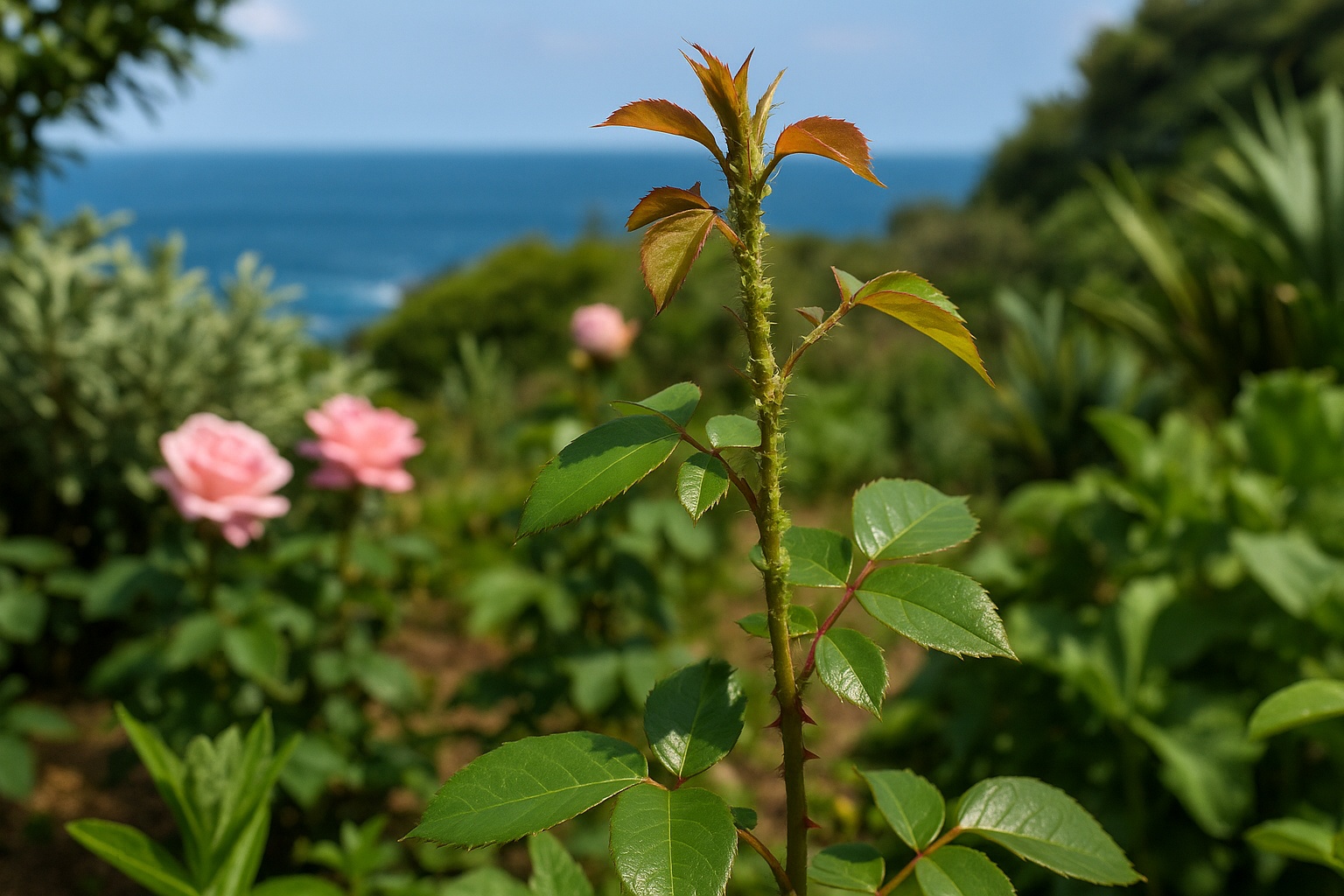
Why Aphids Are a Problem in Spring
Aphids are among the most common and frustrating pests in coastal gardens like those in San Diego. Their populations explode in spring’s mild, moist weather. Aphids can quickly colonize rose bushes, vegetables, fruit trees, and many ornamentals—sucking sap from tender new growth, stunting plants, and leaving behind sticky honeydew that attracts ants and can lead to sooty mold. Early intervention is key to protecting your garden’s health and beauty.
Signs of Aphid Infestation
- Curling, yellowing, or distorted leaves, especially on new shoots
- Sticky residue (honeydew) on leaves, stems, or nearby surfaces
- Presence of ants farming aphids for their honeydew
- Clusters of tiny, pear-shaped green, black, or yellow insects on stems and leaf undersides
- Sooty mold—a black fungal growth feeding on honeydew
Common Aphid Species in San Diego Coastal Gardens
While green peach aphids and melon aphids are especially common, you may also spot black bean aphids, cabbage aphids, or woolly aphids depending on your garden’s plant varieties.
Non-Chemical Aphid Control Methods
Many coastal gardeners prefer to avoid broad-spectrum insecticides that harm beneficial insects and the environment. Fortunately, aphids are relatively easy to manage with organic and physical methods.
1. Blast with Water
Spray infested plants with a strong jet of water from a hose, knocking aphids off leaves and stems. This disrupts their feeding and reduces populations without harming plants or beneficials.
2. Prune & Dispose
If only a few shoots are infested, prune and discard those parts in the trash (not compost) to prevent aphids from returning.
3. Encourage Natural Predators
- Ladybugs (lady beetles)
- Green lacewings
- Parasitic wasps
- Hoverflies
Avoid using pesticides that kill these helpful insects. Consider buying live ladybugs from garden centers to release in your garden at dusk for best results.
4. Homemade Soap Spray
Mix 1 tablespoon of mild liquid soap (not detergent) with 1 quart of water. Spray directly onto aphids, making sure to cover undersides of leaves. Repeat every few days as needed. Always test a small patch first to make sure your plants don’t react poorly.
5. Neem Oil & Insecticidal Soap
Both are organic, OMRI-listed options that kill aphids on contact and have minimal impact on beneficial insects when used correctly. Follow package instructions carefully and spray in the early morning or evening to prevent leaf burn.
Integrated Aphid Management for San Diego
Combining these methods as part of an Integrated Pest Management (IPM) approach—regular monitoring, early removal, predator support, and spot treatment—offers sustainable, long-term aphid control in coastal gardens.
How to Prevent Future Infestations
- Encourage a diverse garden—monocultures are more susceptible to pests
- Use reflective mulch or aluminum foil strips at the base of plants to confuse aphids
- Remove weeds, especially those that can host aphids or attract ants
- Control ants, as they protect aphids in exchange for honeydew
- Fertilize wisely—overly lush, nitrogen-rich growth attracts aphids
Resources for Further Reading
Internal Resources
With early action and eco-friendly strategies, aphid outbreaks in San Diego’s coastal gardens can be kept under control—ensuring beautiful, thriving plants all season long.

